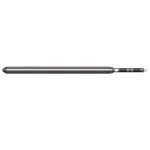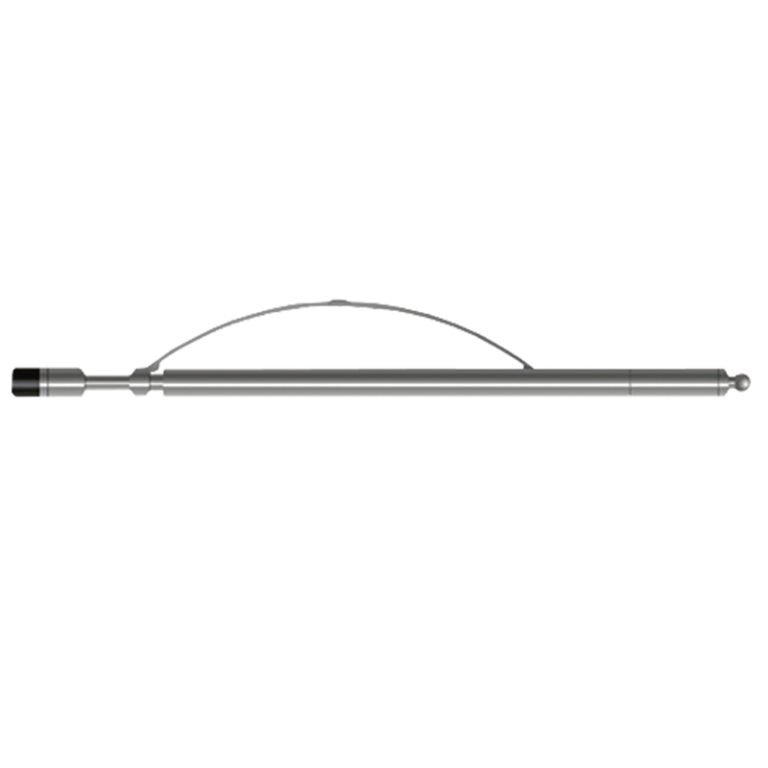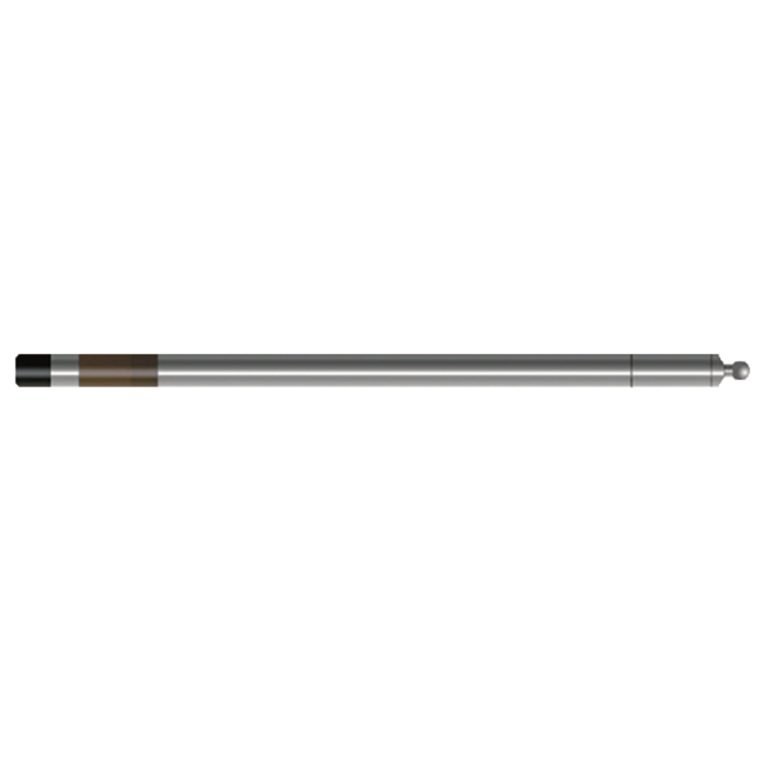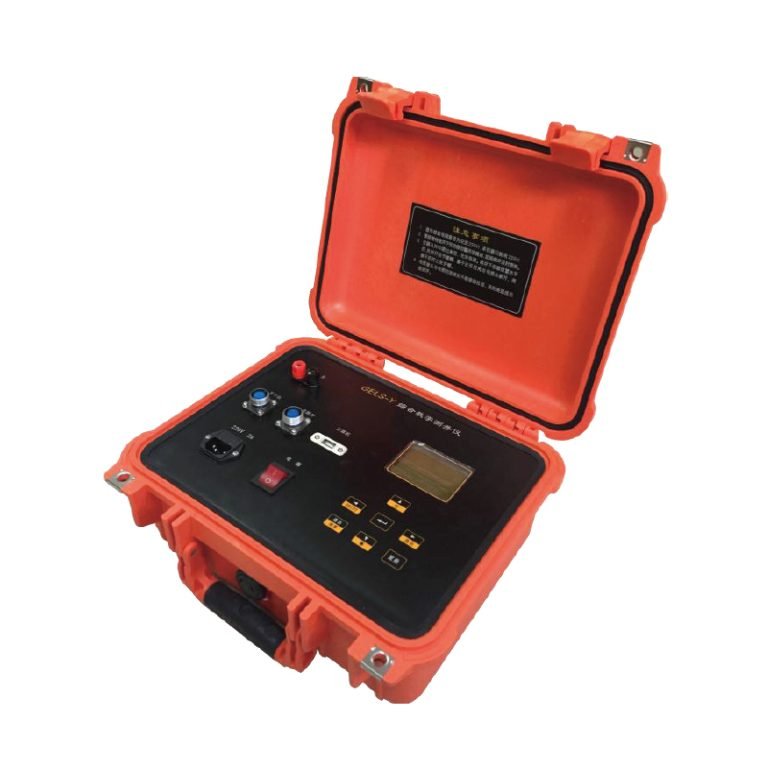Welcome to Geotech!

JWDX-H(W) Probe
PRODUCT PARAMETERS
- The lateral resistivity has a strong ability to stratify the lithology profile and is less affected by the well fluid, and the result is close to the real resistivity.
- The high-precision gravity acceleration sensor and high-precision magnetic field sensor are used, and the all-solid-state design improves the shock resistance and durability of the instrument.
- The platinum resistance sensor Pt-1000 is used, which has high temperature measurement accuracy and good stability.
Description
JWDX-H(W) Geothermal Combination(Resistivity&Deviation) Probe
 Abstract
Abstract
JWDX-H(W) Geothermal Combination (Resistivity&Deviation) Probe is a multi-purpose and highly efficient combination logging tool. It can measure multiple parameters such as well temperature, top angle, azimuth, lateral resistivity, etc. in one trip. The resistivity measurement adopts the method of focusing current, which reduces the influence of well fluid and low-resistance rock formation on the calculated resistivity, so that the measured and calculated apparent resistivity is closer to the real resistivity of the rock formation. By measuring the top angle and azimuth, the curvature eccentricity, horizontal displacement, vertical distance and other parameters of the borehole can also be calculated.

 Applicable Conditions
Applicable Conditions
● Cased
● Bare hole fill with water or mud
● Bare Dry hole
 Applications
Applications
● Divide stratigraphic interfaces and determine changes in stratigraphic facies
● Survey and research on geothermal resources, determine heatproducing layers, and find liquid outflow and loss layers
● Hydrology and groundwater resources survey
● Earthquake imminent and early prediction research, geological disaster prevention and control engineering
 Features
Features
● The lateral resistivity has a strong ability to stratify the lithology profile and is less affected by the well fluid, and the result is close to the real resistivity.
● The high-precision gravity acceleration sensor and high-precision magnetic field sensor are used, and the all-solid-state design improves the shock resistance and durability of the instrument.
● The platinum resistance sensor Pt-1000 is used, which has high temperature measurement accuracy and good stability.
 Specifications
Specifications
| Three lateral electrodes | Stainless steel electrodes, Electrode length: A0=60mm, Ap=2×120 mm |
| Resistivity measurement range | 1~2500ΩM, Accuracy: 5% |
| Well temperature measurement sensor | Pt-1000 |
| Well temperature measurement range | 0~ 250℃; Well temperature resolution: 0.025℃ |
| Vertex angle measurement range | 0°~50°; Measurement accuracy: ±0.1°; Resolution: 0.01° |
| Azimuth measurement range | 0°~360°;Measurement accuracy: ±4° (vertex angle 1°~30°) |
| Instrument pressure | ≤80 MPa; Instrument temperature resistance: -10℃~+250℃; Continuous working for 10 hours |
FAQ
① In SI, it is m·s-2, and one percent of it is the international unit abbreviation g.u.;
② Conversion between SI and CGS: 1g.u.=10-1 mGal
Gravitational field: The space around the earth with gravity is called the gravitational field.
Gravitational potential: The gravitational potential W in the gravitational field is equal to the work done by a particle of unit mass moving from infinity to that point.
① The normal gravity field of the earth: Assuming that the earth is a rotating ellipsoid (reference plane), the surface is glossy, the internal density is uniform, or it is distributed in concentric layers, the density of each layer is uniform, and the deviation of the shape of the ellipsoid from the geoid is very small, then the gravity field generated by the earth is the normal gravity field.
② The normal gravity value is only related to the latitude, the smallest at the equator and the largest at the poles, with a difference of about 50,000 g.u.; the rate of change of the normal gravity value with latitude is the largest at 45° latitude, and zero at the equator and the poles; the normal gravity value decreases with increasing altitude, and its rate of change is -3.086 g.u.. The main feature of the long-term change is the "westward drift" of the geomagnetic elements, both the dipole field and the non-dipole field drift westward, and have a global nature.
The gravitational field strength is equal to the gravitational acceleration in both numerical and dimensional terms, and the two are in the same direction. In gravity exploration, all references to gravity refer to gravitational acceleration. The gravitational field strength at a point in space is equal to the gravitational acceleration at that point.
Gravity exploration is an exploration method that is based on the density difference of rocks and ores. Since density difference will cause local changes in the normal gravity field of the earth (i.e. gravity anomaly), it is used to solve geological problems by observing and studying gravity anomalies.
-1.png)








